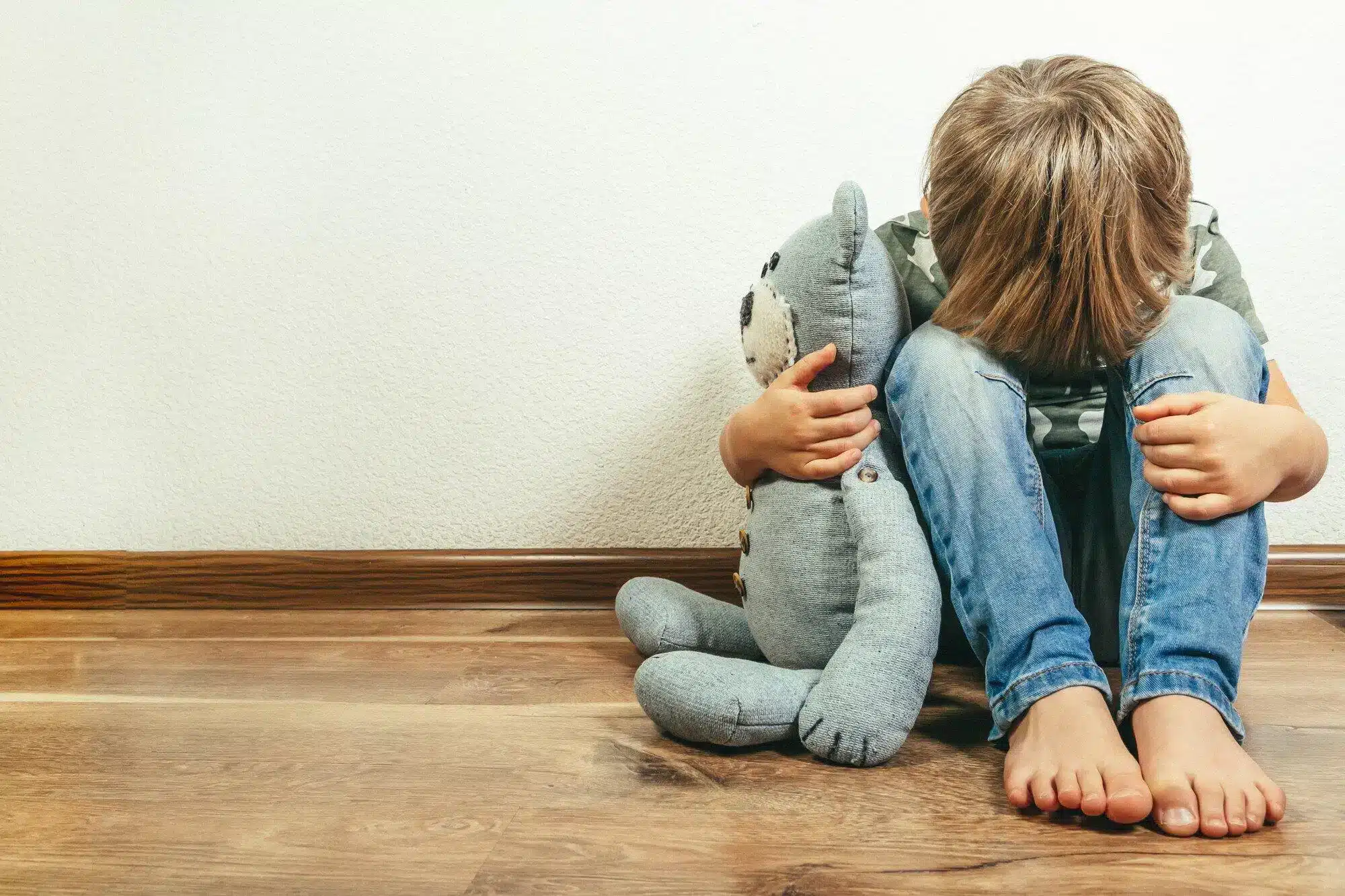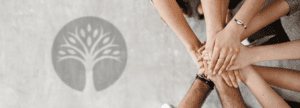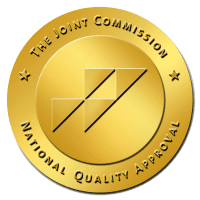According to one study, up to 43% of boys and girls will go through at least one trauma during childhood. While this trauma can take many forms, all of the situations can lead to life-long impacts.
If you’re an adult trying to overcome an event or series of events from your past, you’re not alone. While you might feel stuck in a never-ending cycle of guilt, shame, or pity, there is a way out. You deserve to reclaim your quality of life, and there are steps that can help you get there.
Today, we’re sharing how to heal childhood trauma effectively, employing proven strategies that can help you release the grip of the past and look forward to your future with confidence.
What Is Childhood Trauma?
Childhood trauma is any type of traumatic event that occurs when an individual is still considered a child (usually before age 16). Examples of potentially traumatic events include:
- Experiencing abuse of any kind (including psychological, physical, or sexual)
- Experiencing physical or sexual assault
- Experiencing or witnessing domestic violence
- Witnessing violence in a community, school, or nation
- Experiencing any form of bullying
- Experiencing the unexpected, violent loss of a loved one
- Living through a war or refugee experience
- Experiencing significant stress as a result of being in a military family
- Experiencing any level of neglect
- Living through a serious illness, accident, or health condition
Any of these events can be powerful and memorable enough to stick in someone’s mind for years. This is especially the case if traumatic events occur concurrently or take place repeatedly over a given period of time, as is common with abuse.
Signs You’re Holding Onto Childhood Trauma
Does it feel like you’re walking around in a fog all day? You know you need to focus on the task in front of you, but your mind keeps wandering back to the past. This is a common symptom for someone who hasn’t fully healed from what they went through years ago.
Your mind and body will give you signs that you’re still carrying that extra weight. Let’s take a look at some of the mental, physical, or emotional symptoms of childhood trauma in adulthood that you might experience.
Symptoms of Post-Traumatic Stress Disorder (PTSD)
Years or even decades after the trauma, you might experience signs of post-traumatic stress disorder (PTSD). While this condition often occurs after trauma, this isn’t always the case. Research shows that of all the children and teens who experience trauma, up to 15% of girls and 6% of boys will develop PTSD.
Some of the signs of PTSD include:
- Anxiety
- Depression
- Anger
- Avoidance
- Social withdrawal
- Trust issues
- Reliving the trauma in your mind (e.g. nightmares or flashbacks)
- Self-destructive behaviors
Sometimes, there are reasons for these symptoms. For instance, you might feel anxiety before a big presentation at work or have trust issues with your partner due to past infidelity. However, if you’re experiencing the symptoms of PTSD for no apparent reason, they could link back to trauma you experienced during childhood.
Difficulty Regulating Your Emotions
Do you find it difficult to control yourself when your emotions get heated? Emotional control comes with maturity, but it can be more difficult for some people than others.
Signs of this condition include:
- Outsized reactions to minor events or mishaps
- Uncontrollable anger
- Depression or anxiety
It might seem counterintuitive, but people with imbalanced emotional responses may even retreat inside themselves. They might appear unable to express their emotions, giving them a blank or withdrawn appearance.
Unhealthy Attachments
Relationship attachments can swing on both sides of the pendulum when someone is still in the throes of childhood trauma. For instance, if you were abused, assaulted, or neglected by a loved one or caregiver then you might mistrust adults and find it difficult to form new relationships, platonic or romantic.
Conversely, you may find yourself drawn to individuals who repeat and represent the trauma you’ve carried over from your childhood. If the only kind of love you’ve known is abusive love, for example, you might be willing to stay married to an abusive partner. You may even seek self-sabotaging relationships due to excessive feelings of shame or guilt — notions that you’re unworthy of real, healthy adoration.
Physical Symptoms
Our minds are powerful tools. Even if yours has completely or partially repressed traumatic memories, your body will manifest the trauma in its own way. Children who experience any form of abuse are at a higher risk of developing certain health conditions.
These may include:
- Asthma
- Stroke
- Coronary artery disease
- Gastrointestinal distress (e.g. persistent stomachaches, cramping)
- Chronic pain
- Diabetes
How to Heal Childhood Trauma: A Step-by-Step Guide
There isn’t a definite guidebook on healing childhood trauma. Each person has their own events, memories, and symptoms to work through, and this can look different for everyone. However, there are proven approaches to trauma therapy that can help you heal, move forward, and finally break free of the chains that keep you tied to your past.
Let’s take a look at some of the steps you can take, starting today.
1. Acknowledge the Trauma
Before you can tame it, you have to name it. Start by acknowledging the traumatic events that happened to you. Often, victims of childhood trauma will spend years trying to dismiss, minimize, or offer excuses for what happened. This can lead to intense feelings of shame and self-blame.
It’s time to look your trauma in the eye, call it out for what it is, and recognize that it indeed occurred. Then, gently tell yourself that you were not the one responsible for it.
2. Release the Trap of Victim Mentality
Let’s be clear: If you experience any childhood trauma, you are a victim. This step doesn’t change that fact. However, many adults get stuck in a cycle of reliving the event and giving it a major role in their lives.
As a result of what you experienced, you might think you’re unable to find love, be on your own, or even hold a job. Instead, you’re struck by a persistent feeling of helplessness, leaving you entirely dependent on others. You must be willing to release the hold that the past has on your current and future life.
You can conquer the pain, but not if it’s still keeping you tied down. Letting go of your old defense mechanisms and coping strategies might seem scary at first, but it’s a necessary part of the process.
3. Focus on Your Health
Managing childhood trauma becomes easier when your mind and body are in strong shape. Start by creating a simple, healthy routine that you know you can stick to, which may include:
- Exercising regularly
- Eating whole foods
- Getting enough sleep
If you’re currently coping through drugs or alcohol, seek help to overcome your addiction. While they might help you escape reality for a short while, they will eventually worsen the feelings of anxiety and depression related to your trauma.
4. Reach Out
You weren’t meant to walk this journey alone. While your natural inclination might be to isolate yourself, you need loving and supportive people to help you recover. If you have friends and family members who can offer that connection, then lean on them.
For additional assistance, you can attend individual or group therapy sessions, working with a counselor to unpack your childhood trauma, identify triggers, and develop healthy coping strategies. There are even support groups specifically for people who have survived childhood trauma.
5. Learn to Let Go
Writer Anne Lamott famously said that holding onto a past hurt is like drinking rat poison and waiting for the rat to die. When we refuse to release something, we only hurt ourselves, despite our intentions.
You might be unwilling to accept what happened because you think that by doing so, you’re allowing it or condoning it. However, the reality is that making this decision puts you back in the driver’s seat. It relinquishes the control that the trauma has over you, freeing yourself up to make new memories and relationships.
6. Give Yourself Time
Think about how long you’ve lived with the weight of your childhood trauma. Just as it didn’t root itself in your psyche overnight, it won’t leave that space immediately, either. Remember that this is a process and it will take time.
Be gentle, loving, and patient with yourself as you navigate these new waters. Honor and reward your progress, even if it seems small or insignificant. Your victories matter, you matter, and the future is yours for the taking.
Healing Trauma the Healthy Way
No one should have to suffer through a traumatic event when they’re young. However, these situations happen more often than most people realize. If you’re wondering how to heal childhood trauma, this guide can be a helpful place to start.
At Purpose Healing Center, we offer addiction recovery services for everyone, including individuals who have used illegal substances to cope with past or present hurts. If you need detox, rehab, or partial hospitalization services, we’re here to help. Contact us online to learn more about our programs!



